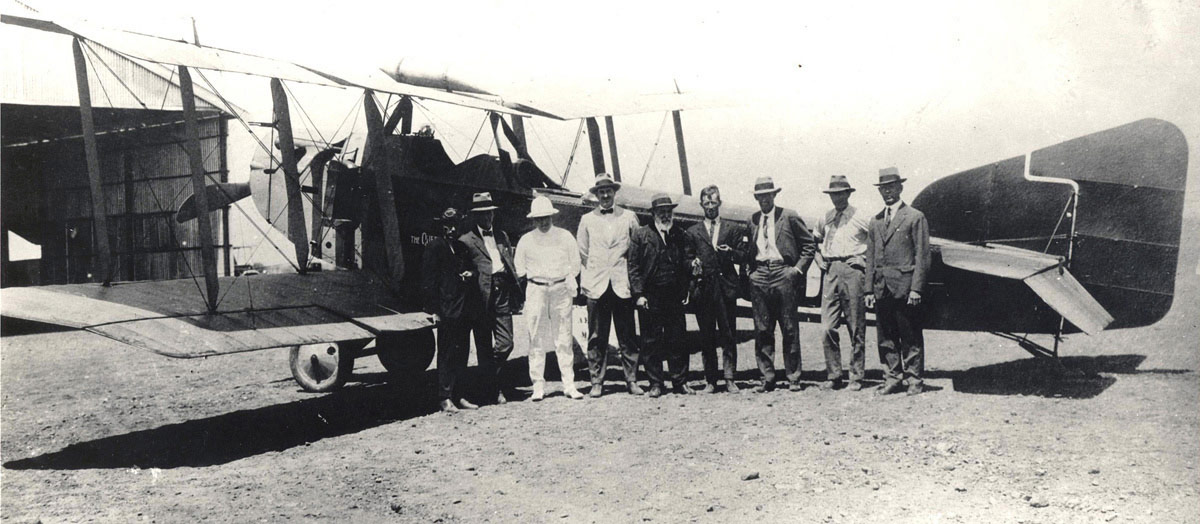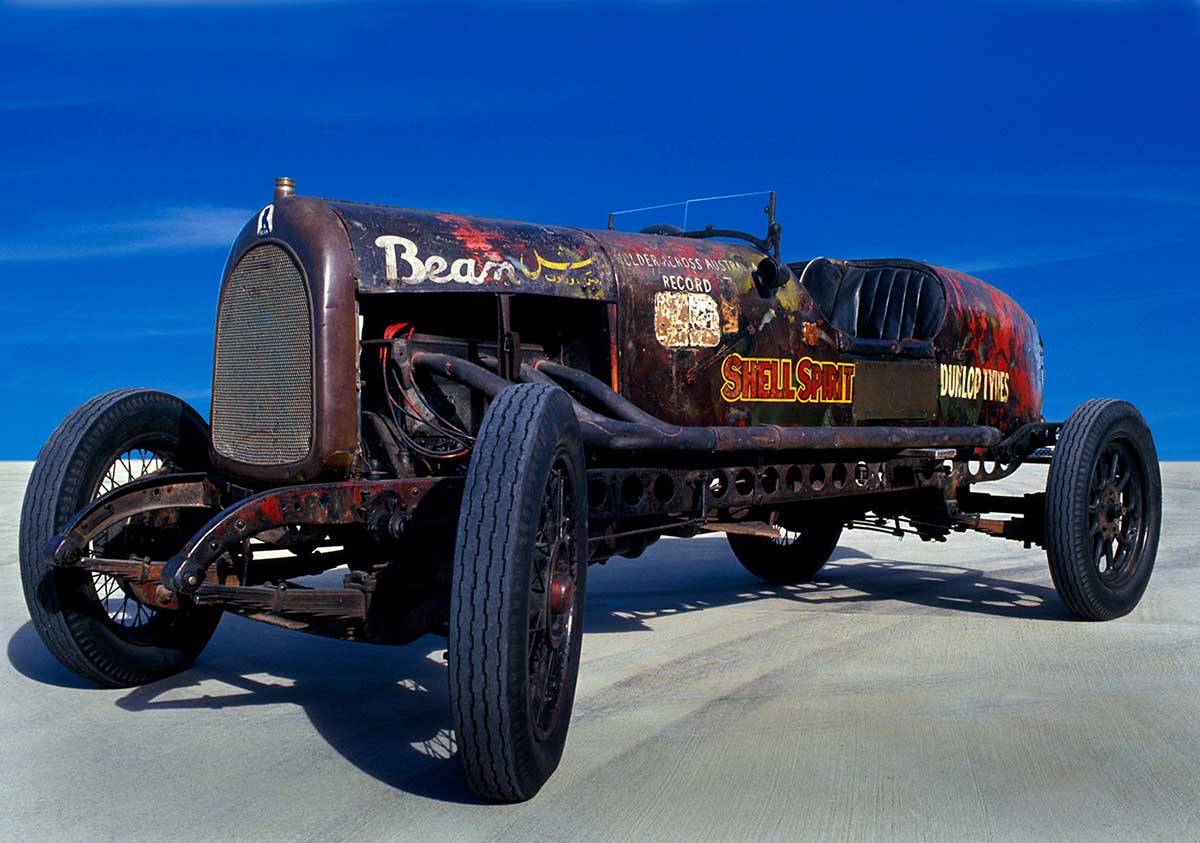Australia is a large and vast country, and over the years we’ve discovered different ways to adventure across it. While Covid-19 is currently restricting travel, we thought it was an apt moment to dive into our collections and explore pioneering stories of travel.
Qantas established
Queensland and Northern Territory Aerial Services, or Qantas, was established in 1920 by Paul McGinness and Fergus McMaster. Its humble beginnings started with two open-cabin aircraft and three staff operating taxi services and mail routes.
In 1959 Qantas became the first airline outside the United States to operate Boeing aircraft. The first jet service was from Sydney to San Francisco via Nadi and Honolulu.
Until 1992 Qantas had been an international airline, but after the Australian Government sold Australian Airlines to Qantas, it also began to operate domestic routes.
On 24 March 2018 a Qantas Boeing 787 operated a nonstop flight from Heathrow, London to Perth, Western Australia. This was the first time Australia and Europe had been connected via a direct commercial flight.
In the next couple of years Qantas aims to connect Australia’s eastern seaboard with nonstop flights to New York and London.
Qantas and the flying kangaroo have become national symbols. They have helped shape not only the country but also our national identity.
Francis Birtles and the Sundowner
Francis Birtles was an Australian pioneering motorist who, in 1926, drove from Darwin to Melbourne in eight and a half days. The following year he drove 26,000 kilometres from London to Melbourne.
Birtles’ 1925 Bean 14 horsepower, two-seater racing car became known as the Sundowner, named for his habit of arriving at outback homesteads just in time for dinner.
In February 1927 Birtles and two others started their journey from London to Melbourne in a new six-cylinder car, Imperial Six. Unfortunately the new car suffered multiple mechanical failures and by the time the three men reached Delhi, they were plagued with malaria and dysentery.
Birtles would set off on the journey again in October of 1927, but this time alone and in his fabled Sundowner. The journey took nine months and set a record that was not surpassed until 1955.
The Museum acquired the Sundowner in 1981 and it underwent comprehensive conservation in the 1990s. The car still has South-East Asian mud and Middle Eastern sand stuck to it in certain places – they too have been kept.
In coral seas
At the Ocean Exchanges: Australian-Pacific Connections seminar, hosted by the Museum in 2009, Jonathan Ritchie discussed the history of trade, shipping, tourism and migration between the Pacific Islands and Australia.
He focused on the famed trans-Pacific liners of the 1930s – what they carried and the people who sailed in them. It took 28 days to sail from Sydney to England and cost £176, equivalent to $60,000 today.
Through our Audio on Demand you can listen to Jonathan and learn about both the distasteful experiences and the glamour of those trips.
Vaka Moana series 22 Jul 2009
In coral seas: ships, cargo and people in the South Pacific 1930 to 1960
We’ll keep bringing objects, collections, exhibitions and programs from the vault as part of the Museum from Home experience. Stay tuned!
In our collection


